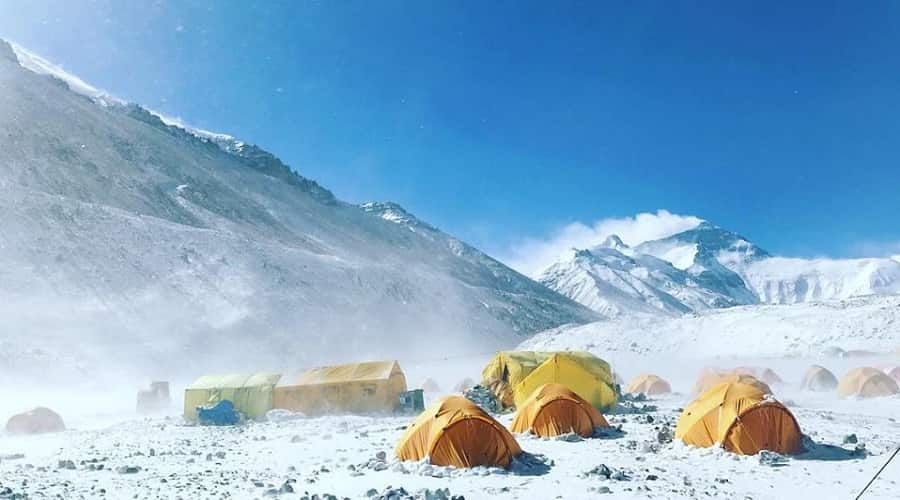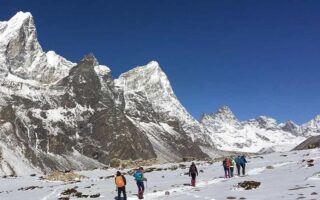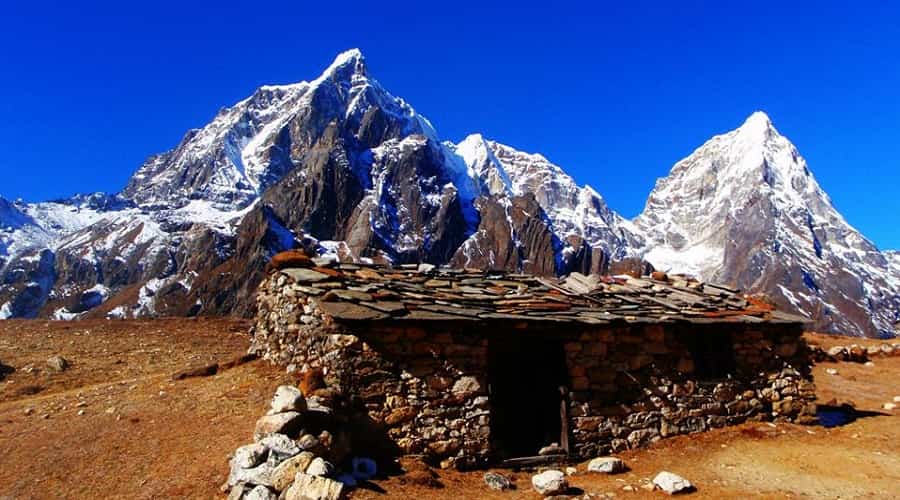It is a well-known fact that History is what makes the present. To understand what the history of any nation is and to a certain extent relive it, museums are the best place to go. They provide such ample amount of information and give a person a chance to see with his own eyes what has happened in the past. It also provides answers to any lingering doubts or questions that a person might have in his mind. Nepal has its share of museums. It speaks of the kings and the dynasties that ruled over the country and also of all the prominent events that took place in the valleys of Nepal. Following are the list of Museums that one must visit if he goes to Nepal.
The National Museum
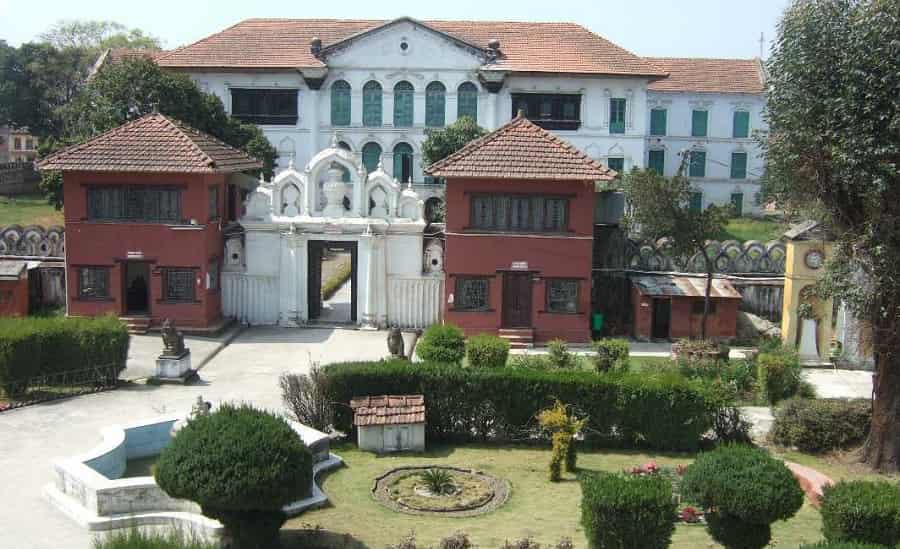
If you are a fanatic of arms and ammunitions and love everything that has something to do with the war scenes then, the national museum will be the place to go. The museum named “Chhauni Silkhana”, which means a place for weapons, arms and ammunition, started in the year 1928. Initially it was a place where all the war equipment were placed on display and only very important people were allowed to visit. Luckily, by the year 1967, it was opened to the public and also renamed the National Museum.
Location
It is located on the way to Swayambhunath temple. The weapons that are on display show the type of weaponry used by the army to fight with and ward off enemies who attacked them. Containing firearms that were used by the kings to protect them from the invading British rulers and other enemies, the extensive collection is a beauty to behold. It also has a large collection of cannons made by the local Nepalese. Some of them are from the war, which the Nepalese fought with the Tibetans in the year 1792. The entire museum is separated into three collections, which are in three separate buildings. Out of these three, one of the buildings contains all things historical and of the religious order. It contains arts and artifacts that belong to the 18th and also from the 19th century.
Architecture
The skill that the craftsmen had can be seen in this building. It contains rare and beautiful paintings, woodcarvings and artifacts that belong to the same era. Some of the artifacts like certain sculptures and terra cotta artifacts are said to belong to the 13th century. The government of Japan was very generous by providing funds to the museum in the year 1995 so that the museum could host an exhibition whose highlight was the art belonging to the Buddhist religion. The purpose was to make known to the people, through art, the teachings and all things related to Buddhism. It also provides valuable insight to the researchers and at the same time preserves the artifacts and other articles of historical significance.
Though the arms and ammunition section dominates the display in the building, there are other items of interest too. There are important relics that belong to Nepal, placed here, after the earthquake that hit Nepal in 1934. It also has a beautiful collection of dolls and stuffed animals, coin collection, which has coins that belong to the 2nd century, and other such artifacts. One can even find artifacts that belonged to the dynasties that ruled Nepal and also figurines of metals and stone.
- Timings: Make sure you do not plan a visit on Tuesdays or any national holidays as this museum remains closed on those days. Rest of the days the museums stays open from 10:30 in the morning till 3:00 in the afternoon and on Fridays, it is open till 2:00 am.
- Entry Fee: NPR 300, 150, 500, and 150.
[Also Read: Famous Historical Places & Monuments in Nepal]
The Tribhuvan Museum
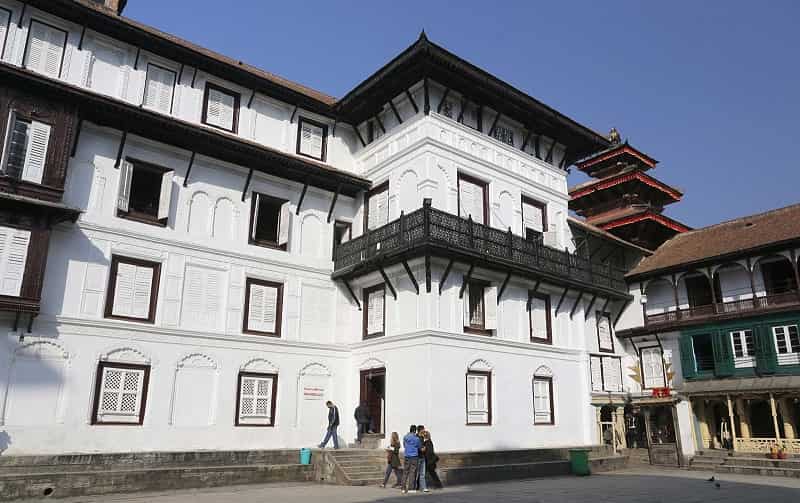
All that you want to know about one of the most loved kings of Nepal can be found in the Tribhuvan Museum in Hanuman Dhoka, Kathmandu. It has everything related to late King preserved here. King Tribhuvan was crowned the king in year 1913. He was just a boy of five due to which the Ranas took over the decision-making. It led to a lot of unhappiness and the developments were very little under the rule of the Ranas. When the king came of age, the unhappy people wanted the ruling to be in the hands of their King instead of the Ranas. The Ranas had spared the king his life previously, due to the World War II, which had started, and this was done on the request of the British.
Once the war came to an end and the British moved out of India, the King and his family took refuge in India so as to avoid any confrontation with the Rana Family. With constant unhappiness amongst the people of Nepal, the Rana family had to give up the right to the throne to its rightful monarch and King Tribhuvan was again installed as the ruler. With his rule came democracy in the country. His death in the year 1955 aggrieved the whole nation. If you visit Hanuman Dhoka, do visit the Basantapur tower. It is said that the king used to look out from this very tower’s window in order to keep a lookout and an eye on his people.
The museum holds all that belonged to the King Tribhuvan. From paintings and photographs of the royal family to his personal belongings are put on display. Clippings from the newspapers, which highlight the defeat of Ranas, to the placing of King Tribhuvan as the king, can be seen in the Museum. The museum is a great way to keep the memory of their beloved king alive.
- Timings: It is open on all days except on Tuesday from morning 10:30 AM to 3:00 PM and on Fridays it is open to the public only up to 2 in the afternoon.
- Entry Fee: Foreigner/SAARC Rs.1000/150
The Museum of Natural History
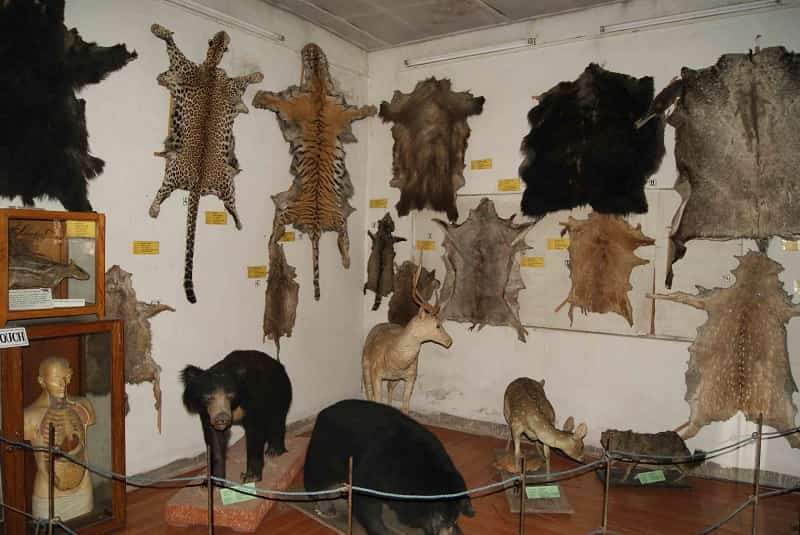
Close to the National Museum of Nepal, south of Swayambhunath is the Museum of Natural History. This museum is yet to find mark as a tourist place in the maps of Nepal. Helped by the Institute of Science and technology, the museum is trying its level best to preserve the various species that belong to the flora and fauna group from being extinct. Nepal has a very diverse geography. It has high altitude plains, valleys, and also various types of vegetation that is available. The Natural History Museum houses more than 9000 species of vegetation that belong to both the flowering as well as the non-flowering group.
The museum has another section, which contains various species of vertebrates and species of non vertebrates. You will find more than 40,000 species. The collection has various fossils of animals, shells belonging to the pre historic era, snakes and various species of butterflies. There are also several stuffed animals like crocodiles, stuffed birds etc in the collection. You will also find several species that are now extinct in the collection. An interesting aspect about the Museum is that all collections are displayed as per the evolution, which makes it very interesting and also easy to understand.
The museum however is a sure hit among students as well as nature lovers and botanists across the world. The museum tries to preserve not just animals that are extinct but also trying to help the Institute of Science and technology. It is partnering with it to preserve those species which are endangered and on the verge of extinction. Hopefully, with time the museum gains the popularity that it so richly deserves.
- Timings: The museum is open except for Saturdays from 10:30AM to 5:00 PM. If you are a nature watcher then a visit here will ensure that you learn all about the diverse vegetation and living creatures of Nepal, all under one roof.
- Entry Fee: Foreigner/SAARC Rs.1000/50
Kaiser Library
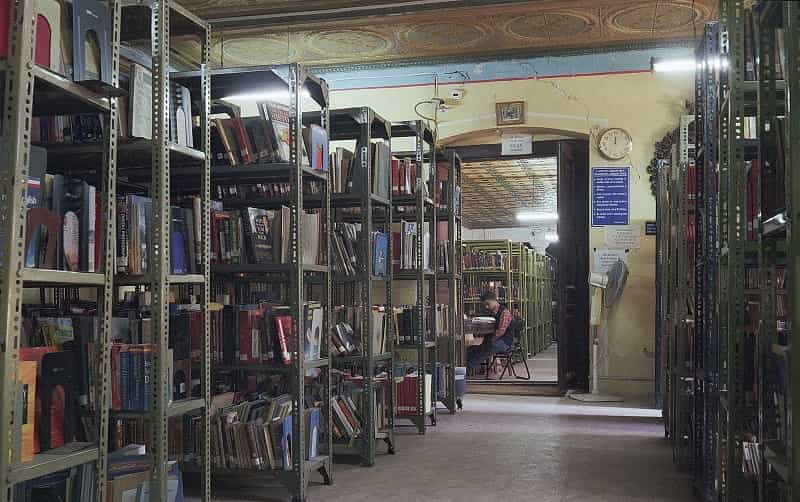
In Kaiser Mahal, which is part of the Ministry of Education Building, is the Kaiser Library. Situated in a place called Thamel, the rare collection belonged to Kaiser Shumsher Rana who belonged to the Rana Family. His coveted collections consist of books on all topics like law, astrology, philosophy, religion etc. The collection is said to have more than 45,000 books. The oldest book called ‘Tantra’, a Sanskrit manual, is about 1000 years. The entire assortment was his personal collection and it is also said that he was well read and knew many of them very well. The building also has a very interesting garden.
- Timings: This library is open to public on all days except Saturdays and the official public holidays.
- Entry Fee: No entry fee
The National Bronze Art Museum
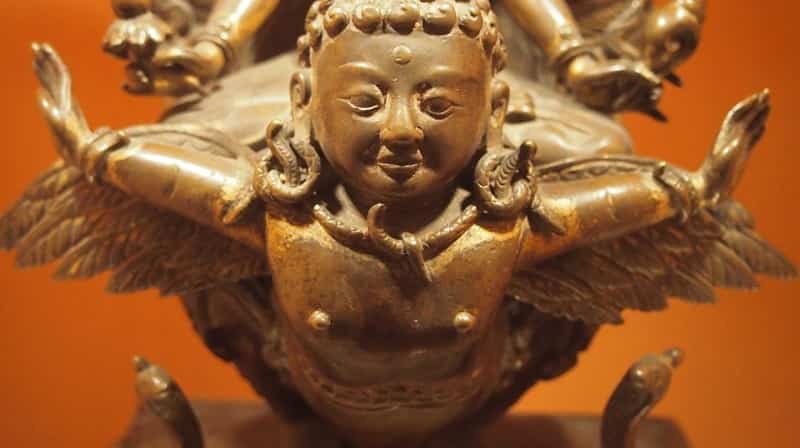
The National Bronze Art Museum is quite popular as the Patan Museum. It is located in the Patan Durbar Square. As the name suggests, this place holds some of the most exquisite bronze artifacts and articles. The skill of the local artists speaks for itself in each of the pieces. The collection includes more than 900 in number and are supposedly from the area of Patan, crafted by the artists from that area itself. Hindu gods and goddesses and Buddha statues seem to dominate the collection found here with some being from the 11th century.
Most of them are from the era of the Mallas whereas some of the Hindu sculptures found here have a heavy influence of the Licchavi period. Though the museum is said to have been in existence since the year 1735, it was redone again in the year 1997. The Museum holds together a rich culture and heritage of Nepal and shows off proudly the skills of some of the finest artists.
- Timings: The museum is open on all days from 10:30AM to 4:00 in the evening except on Tuesdays.
- Entry Fee: Foreigner/SAARC Rs.1000/250
The National Art Gallery
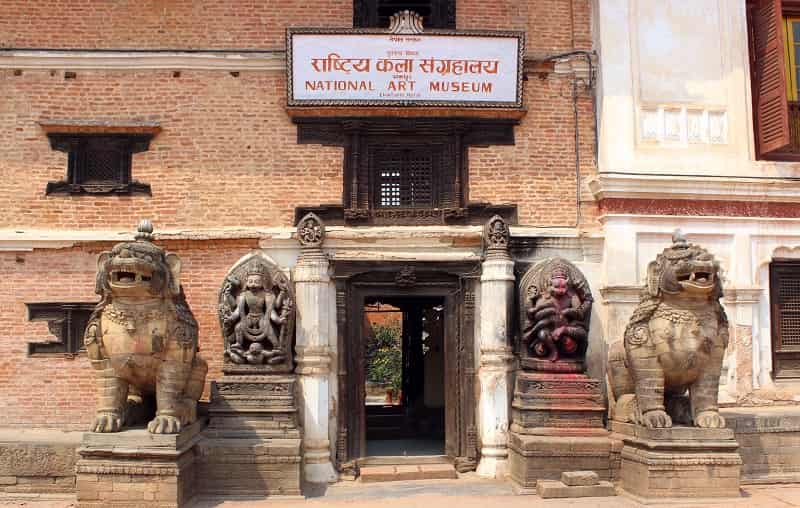
Another prominent museum is the National Art Gallery that is located in the Bhaktapur Durbar Square. It is located in one of the most apt location, the Palace of 55 Windows as the Palace itself is a piece of fine art. The Palace boasts of some of the best pieces of art that can be found right from the medieval era. It contains items from early days of Buddhism, to the rule of Malla kings. You will also find scriptures and manuscripts that belong to various time periods. It contains all the significant details including the cultural, social and even the economical condition that prevailed in the kingdom from the times of the kings like Mallas, the Ranas as well as the Shah Rulers. However, not all documents are on display.
It also contains some fine stone and metal sculptures that belong to Nepal, most of them are of Buddha and the gods of Hindu mythology. Certain items used by the royalty are also put on display at the Museum. It’s a treasure chest containing artifacts and items that are of great value to historians and people who wish to learn of the rich Nepali History.
- Timings: Avoid visiting on Sundays, Mondays and on national holidays. It is open for all from 9:30 AM to 4:30 PM in the evening.
- Entry Fee: 150 rupees
The National Woodworking Museum
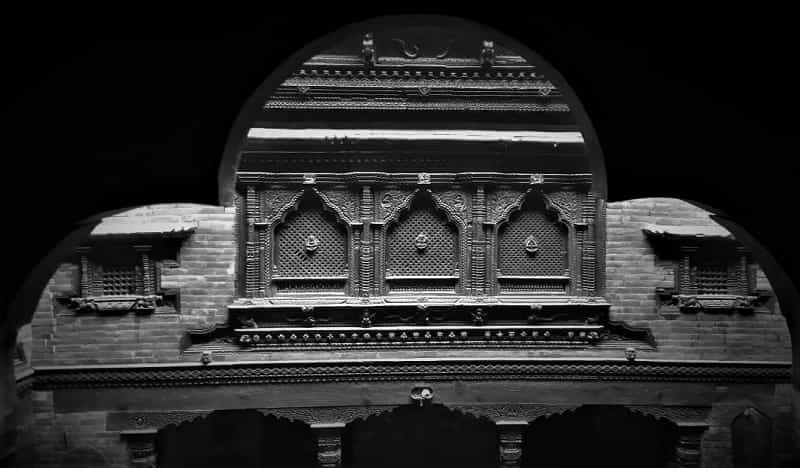
The museum is as unique as the exhibits. Actually, the museum is the exhibit. The museum does not contain separate articles and artifacts showcasing the skills of the craftsmen. The Museum itself is a standing ovation to them. The National Woodworking Museum is located in Bhaktapur in the Dattatreya square . The fine wood carving belongs to the Malla period. The Building was constructed by Yaksha Malla, somewhere around the 15th century. The key to enjoying this museum is an eye for details. You have to look closely and with a sharp eye to see and enjoy the beauty of the work. Not only the interiors but also the exteriors have some great works of art.
The most famous attraction you have to look out for is the peacock window. It shows off the craftsmanship of the Newaris who carved the Peacock. Every corner holds some surprise with intricately carved work. You will also get to see a numerous paintings like that of Lord Dattatreya, Vishnu, Shiva, Parvati and such others from the Hindu Mythology. The woodcarvings are considered very valuable as such would cost a fortune to be constructed now. The building has deteriorated since the time it was built as most of it was wood and had to survive the calamities, climate as well as deterioration with time. However much of it is restored and it imparts a delight and a welcome change when compared with the other museums.
- Timings: The museum is open from 10:00 am to 4:00 pm on all days except Tuesdays.
- Entry Fee: Foreigner/SAARC Rs.1000/50
The Bronze and Brass Museum
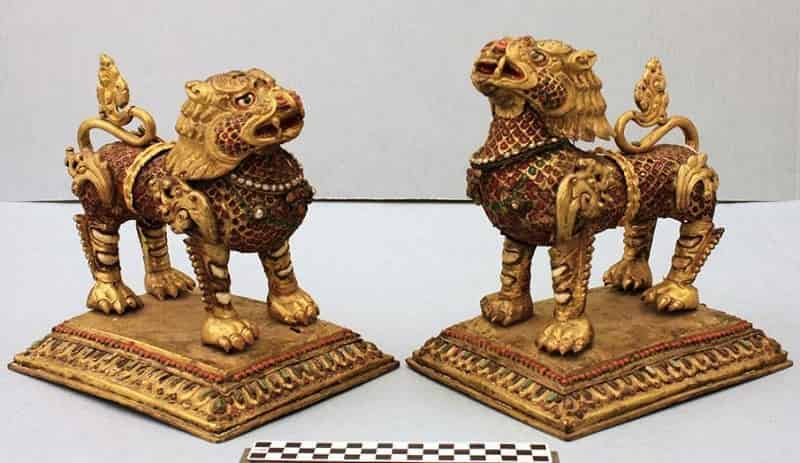
If you want to enjoy and understand the simplicity in which the people of Nepal in Bhaktapur lived then the Brass and Bronze Museum is the place to visit. The museum has articles of everyday use like utensils, horns, platters used in ritual worship etc. The articles are in great shape and well maintained. This however does not mean that they do not have intricate pieces. One of the prominent items on display is an ink pot, which is done with great detail. It is said that this was done in order to show the importance that the kings of Nepal placed on education since times immemorial. Housed in an old building close to the Pujari math, this museum shows an interesting insight on the lives of the people of Nepal.
- Timing: The museum is open from 10:00 am to nearly 5:00 pm in the evening and remains closed on Tuesdays and national holidays.
- Entry Fee: Foreigner/SAARC Rs.150/50
Asa Archives
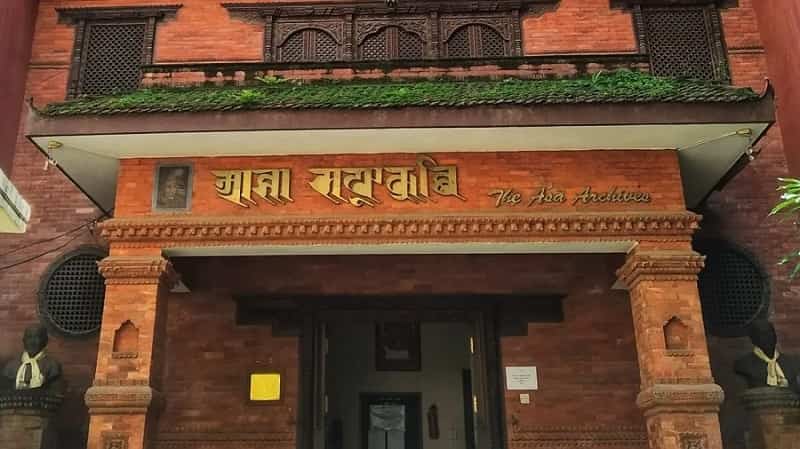
The building that houses the Asa Archives speaks for itself. With manuscripts documentation and books belonging to times since the medieval era, it is a treasure trove for people who love history. The Asa Archives is a private building, which is a part of Old Kathmandu in the western wing. The archive consists of documents and rarest collection of books. Having 6000 loose-leaf books which were handwritten and also more than 1000 manuscripts made from palm leaves. A manuscript belonging to 1464 AD is considered the oldest in their possession. Most of the documents are either found in Sanskrit or in Nepali script called Newari.
- Timings: Open on all days from 11:00am to 5:00 pm except on Saturdays and national holidays.
- Entry Fee: No entry fee
Kapilvastu Museum
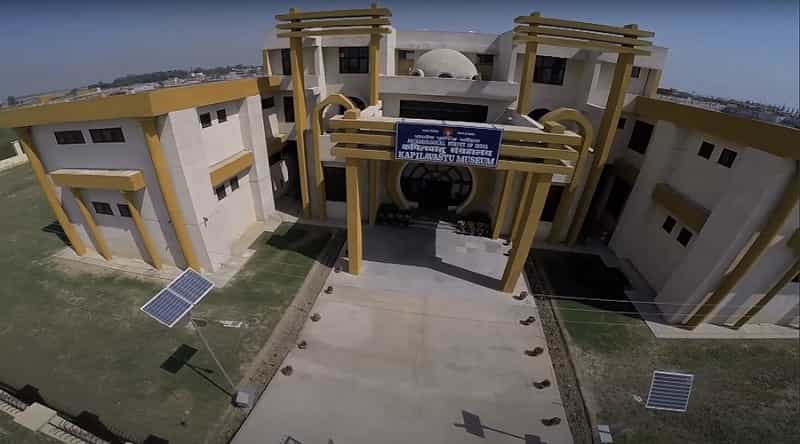
Situated 26kms from Lumbini is the Kapilavastu Museum in a place called Tilaurakot. The Museum has the rarest collections belonging to the period from the 7th century BC to the 4th century. Coins, artifacts like pottery and utensil and Jewelry that belonged to that era are the prominent items of display in this museum. This museum will take you back to the times of Buddha and gives you a chance to relive it.
- Timings: Open on all days except on public holidays and Thursdays.
- Entry Fee: Rs.10/20/200
There are several museums that you can visit such as Birendra Museum, which will give you an insight into the life and rule of King Birendra and Mahendra Museum, which speaks of the rule of King Mahendra. The National Library, which boasts of a collection of more than 70000 books, is located in Patan. However, the above mentioned are the ones that speak a lot more about the history of Nepal and contain things that will help people understand what makes Nepal what it is today.
